|
Scalawags
In United States history, the term scalawag (sometimes spelled scallawag or scallywag) referred to white Southerners who supported Reconstruction policies and efforts after the conclusion of the American Civil War. As with the term ''carpetbagger'', the word has a long history of use as a slur in Southern partisan debates. The post-Civil War opponents of the scalawags claimed they were disloyal to traditional values and white supremacy.Ted Tunnell. 2006. Creating "The Propaganda of History": Southern Editors and the Origins of "Carpetbagger and Scalawag". The Journal of Southern History , Vol. 72, No. 4 (Nov., 2006), pp. 789–822 Scalawags were particularly hated by 1860s–1870s Southern Democrats, who called Scalawags ''traitors to their region'' (long known for its widespread chattel slavery). Prior to the Civil War, most Scalawags had been opposed to the southern states' (the Confederacy's) secession from the United States. The term is commonly used in historical studi ... [...More Info...] [...Related Items...] OR: [Wikipedia] [Google] [Baidu] |
Redeemers
The Redeemers were a political coalition in the Southern United States during the Reconstruction era of the United States, Reconstruction Era that followed the American Civil War, Civil War. Redeemers were the Southern wing of the Democratic Party (United States), Democratic Party. They sought to regain their political power and enforce white supremacy. Their policy of Redemption was intended to oust the Radical Republicans, a coalition of Freedman, freedmen, "carpetbaggers", and "scalawags". They generally were led by the White yeomanry and they dominated Southern politics in most areas from the 1870s to 1910. During Reconstruction, the South was under occupation by federal forces, and Southern State governments of the United States, state governments were dominated by Republicans, elected largely by freedmen and allies. Republicans nationally pressed for the granting of political rights to the newly-freed slaves as the key to their becoming full citizens and the votes they woul ... [...More Info...] [...Related Items...] OR: [Wikipedia] [Google] [Baidu] |
Black-and-tan Faction
The black-and-tan faction was a faction in the Republican Party in the South from the 1870s to the 1960s. It replaced the Negro Republican Party faction's name after the 1890s. Southern Republicans were divided into two factions: the lily-white faction, which was practically all-white, and the biracial black-and-tan faction. The former was strongest in heavily white counties. The final victory of its opponent, the lily-white faction, came in 1964. The disintegration of their influence in the Republican Party came about with the replacement of Old Right-oriented politics amidst the rise of the New Right under Eisenhower Republicanism. History In the early years of the Reconstruction era, newly enfranchised Southern blacks in states including Mississippi enthusiastically threw overwhelming support to the Republican Party, which spearheaded the cause of ensuring their civil rights.Byarlay, Ryan (May 10, 2009)Black and Tan Republicans ''BlackPast''. Retrieved February 16, 2022. They ... [...More Info...] [...Related Items...] OR: [Wikipedia] [Google] [Baidu] |
Reconstruction Era Of The United States
The Reconstruction era was a period in History of the United States, American history following the American Civil War (1861–1865) and lasting until approximately the Compromise of 1877. During Reconstruction, attempts were made to rebuild the country after the bloody Civil War, bring the former Confederate States of America, Confederate states back into the United States, and to redress the political, social, and economic legacies of slavery. During the era, United States Congress, Congress Abolitionism in the United States, abolished slavery, ended the remnants of Secession in the United States, Confederate secession in the Southern United States, South, and passed the Thirteenth Amendment to the United States Constitution, 13th, Fourteenth Amendment to the United States Constitution, 14th, and Fifteenth Amendment to the United States Constitution, 15th Amendments to the Constitution (the Reconstruction Amendments) ostensibly guaranteeing the newly freed slaves (Freedma ... [...More Info...] [...Related Items...] OR: [Wikipedia] [Google] [Baidu] |
Radical Reconstruction
The Reconstruction era was a period in American history following the American Civil War (1861–1865) and lasting until approximately the Compromise of 1877. During Reconstruction, attempts were made to rebuild the country after the bloody Civil War, bring the former Confederate states back into the United States, and to redress the political, social, and economic legacies of slavery. During the era, Congress abolished slavery, ended the remnants of Confederate secession in the South, and passed the 13th, 14th, and 15th Amendments to the Constitution (the Reconstruction Amendments) ostensibly guaranteeing the newly freed slaves (freedmen) the same civil rights as those of whites. Following a year of violent attacks against Blacks in the South, in 1866 Congress federalized the protection of civil rights, and placed formerly secessionist states under the control of the U.S. military, requiring ex-Confederate states to adopt guarantees for the civil rights of free ... [...More Info...] [...Related Items...] OR: [Wikipedia] [Google] [Baidu] |
Radical Republicans
The Radical Republicans (later also known as " Stalwarts") were a faction within the Republican Party, originating from the party's founding in 1854, some 6 years before the Civil War, until the Compromise of 1877, which effectively ended Reconstruction. They called themselves "Radicals" because of their goal of immediate, complete, and permanent eradication of slavery, without compromise. They were opposed during the War by the Moderate Republicans (led by President Abraham Lincoln), and by the pro-slavery and anti-Reconstruction Democratic Party. Radicals led efforts after the war to establish civil rights for former slaves and fully implement em ... [...More Info...] [...Related Items...] OR: [Wikipedia] [Google] [Baidu] |
Andrew Johnson
Andrew Johnson (December 29, 1808July 31, 1875) was the 17th president of the United States, serving from 1865 to 1869. He assumed the presidency as he was vice president at the time of the assassination of Abraham Lincoln. Johnson was a Democrat who ran with Lincoln on the National Union ticket, coming to office as the Civil War concluded. He favored quick restoration of the seceded states to the Union without protection for the newly freed people who were formerly enslaved. This led to conflict with the Republican-dominated Congress, culminating in his impeachment by the House of Representatives in 1868. He was acquitted in the Senate by one vote. Johnson was born into poverty and never attended school. He was apprenticed as a tailor and worked in several frontier towns before settling in Greeneville, Tennessee. He served as alderman and mayor there before being elected to the Tennessee House of Representatives in 1835. After briefly serving in the Tennessee Senate, J ... [...More Info...] [...Related Items...] OR: [Wikipedia] [Google] [Baidu] |
Reconstruction Era
The Reconstruction era was a period in American history following the American Civil War (1861–1865) and lasting until approximately the Compromise of 1877. During Reconstruction, attempts were made to rebuild the country after the bloody Civil War, bring the former Confederate states back into the United States, and to redress the political, social, and economic legacies of slavery. During the era, Congress abolished slavery, ended the remnants of Confederate secession in the South, and passed the 13th, 14th, and 15th Amendments to the Constitution (the Reconstruction Amendments) ostensibly guaranteeing the newly freed slaves (freedmen) the same civil rights as those of whites. Following a year of violent attacks against Blacks in the South, in 1866 Congress federalized the protection of civil rights, and placed formerly secessionist states under the control of the U.S. military, requiring ex-Confederate states to adopt guarantees for the civil rights of free ... [...More Info...] [...Related Items...] OR: [Wikipedia] [Google] [Baidu] |
Antebellum South
In History of the Southern United States, the history of the Southern United States, the Antebellum Period (from la, ante bellum, lit=Status quo ante bellum, before the war) spanned the Treaty of Ghent, end of the War of 1812 to the start of the American Civil War in 1861. The Antebellum South was characterized by the Slavery in the United States, use of slavery and the Culture of the Southern United States#History, culture it fostered. As the era proceeded, Southern intellectuals and leaders gradually shifted from portraying slavery as an embarrassing and temporary system, to a full-on defense of Slavery as a positive good in the United States, slavery as a positive good, and harshly criticized the budding Abolitionism in the United States, abolitionist movement. The economy was largely plantation based, and dependent on exports. Society was stratified, inegalitarian, and perceived by immigrants as lacking in opportunities. Consequently the manufacturing base lagged behind t ... [...More Info...] [...Related Items...] OR: [Wikipedia] [Google] [Baidu] |
John Hope Franklin
John Hope Franklin (January 2, 1915 – March 25, 2009) was an American historian of the United States and former president of Phi Beta Kappa, the Organization of American Historians, the American Historical Association, and the Southern Historical Association. Franklin is best known for his work ''From Slavery to Freedom'', first published in 1947, and continually updated. More than three million copies have been sold. In 1995, he was awarded the Presidential Medal of Freedom, the nation's highest civilian honor. Born in Oklahoma, Franklin attended Fisk University and then Harvard University, receiving his doctorate in 1941. He was a professor at Howard University, and in 1956 was named to head the history department at Brooklyn College, part of the City University of New York. Recruited to the University of Chicago in 1964, he eventually led the history department and was appointed to a named chair. He then moved to Duke University in 1983, as an appointee to a named c ... [...More Info...] [...Related Items...] OR: [Wikipedia] [Google] [Baidu] |
1876 United States Presidential Election
The 1876 United States presidential election was the 23rd quadrennial presidential election, held on Tuesday, November 7, 1876, in which Republican nominee Rutherford B. Hayes faced Democrat Samuel J. Tilden. It was one of the most contentious presidential elections in American history. Its resolution involved negotiations between the Republicans and Democrats, resulting in the Compromise of 1877, and on March 2, 1877, the counting of electoral votes by the House and Senate occurred, confirming Hayes as President. It was the second of five U.S. presidential elections in which the winner did not win a plurality of the national popular vote. This is the only time both major party nominees were incumbent US governors. After U.S. President Ulysses S. Grant declined to seek a third term despite previously being expected to do so, U.S. Representative James G. Blaine emerged as the frontrunner for the Republican nomination. However, Blaine was unable to win a majority at the 1876 ... [...More Info...] [...Related Items...] OR: [Wikipedia] [Google] [Baidu] |
Joseph E
Joseph is a common male given name, derived from the Hebrew Yosef (יוֹסֵף). "Joseph" is used, along with "Josef", mostly in English, French and partially German languages. This spelling is also found as a variant in the languages of the modern-day Nordic countries. In Portuguese and Spanish, the name is "José". In Arabic, including in the Quran, the name is spelled '' Yūsuf''. In Persian, the name is "Yousef". The name has enjoyed significant popularity in its many forms in numerous countries, and ''Joseph'' was one of the two names, along with ''Robert'', to have remained in the top 10 boys' names list in the US from 1925 to 1972. It is especially common in contemporary Israel, as either "Yossi" or "Yossef", and in Italy, where the name "Giuseppe" was the most common male name in the 20th century. In the first century CE, Joseph was the second most popular male name for Palestine Jews. In the Book of Genesis Joseph is Jacob's eleventh son and Rachel's first son, and k ... [...More Info...] [...Related Items...] OR: [Wikipedia] [Google] [Baidu] |
James Longstreet
James Longstreet (January 8, 1821January 2, 1904) was one of the foremost Confederate generals of the American Civil War and the principal subordinate to General Robert E. Lee, who called him his "Old War Horse". He served under Lee as a corps commander for most of the battles fought by the Army of Northern Virginia in the Eastern Theater, and briefly with Braxton Bragg in the Army of Tennessee in the Western Theater. After graduating from the United States Military Academy at West Point, Longstreet served in the United States Army during the Mexican–American War. He was wounded in the thigh at the Battle of Chapultepec, and during recovery married his first wife, Louise Garland. Throughout the 1850s, he served on frontier duty in the American Southwest. In June 1861, Longstreet resigned his U.S. Army commission and joined the Confederate Army. He commanded Confederate troops during an early victory at Blackburn's Ford in July and played a minor role at the First Battle of ... [...More Info...] [...Related Items...] OR: [Wikipedia] [Google] [Baidu] |

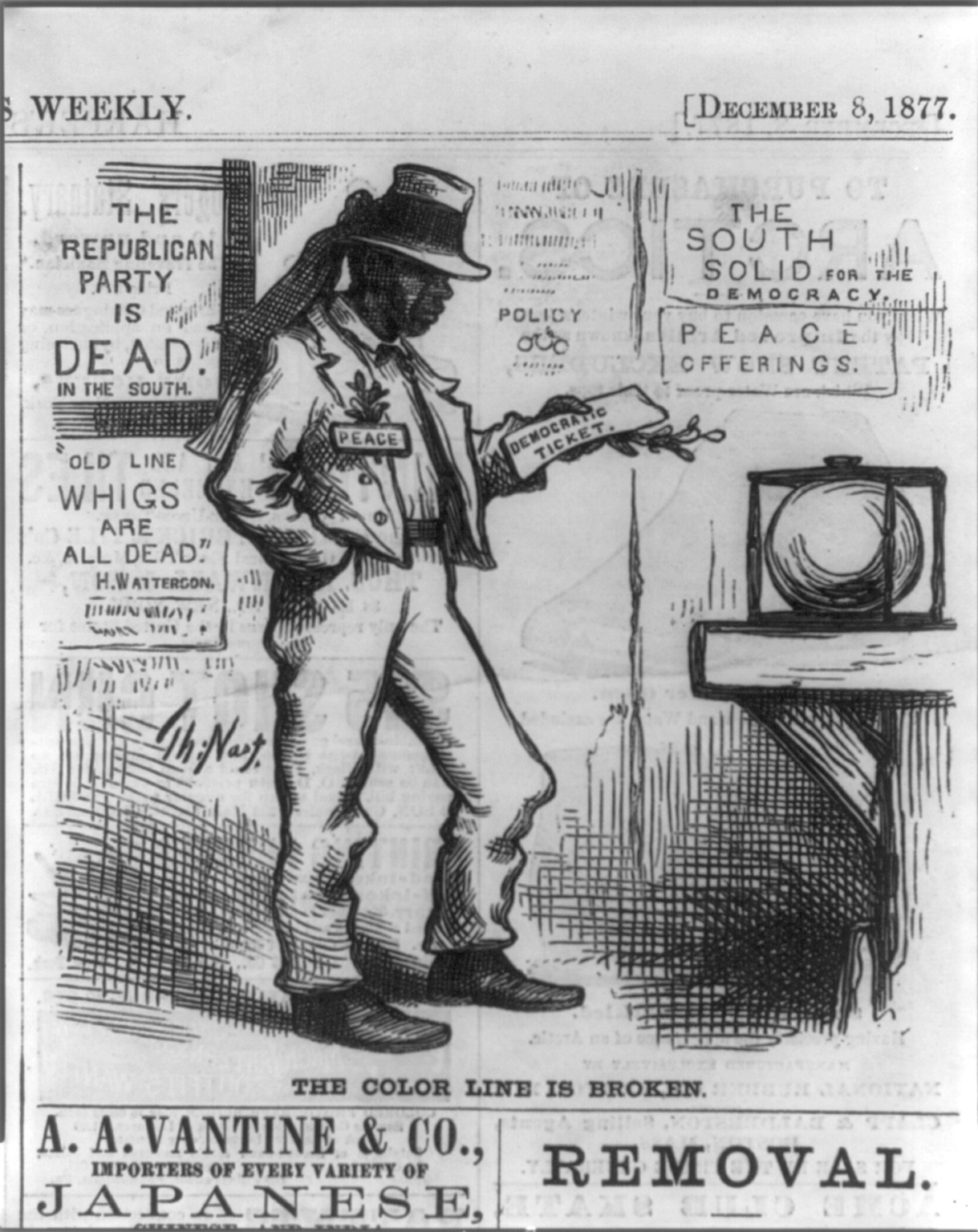

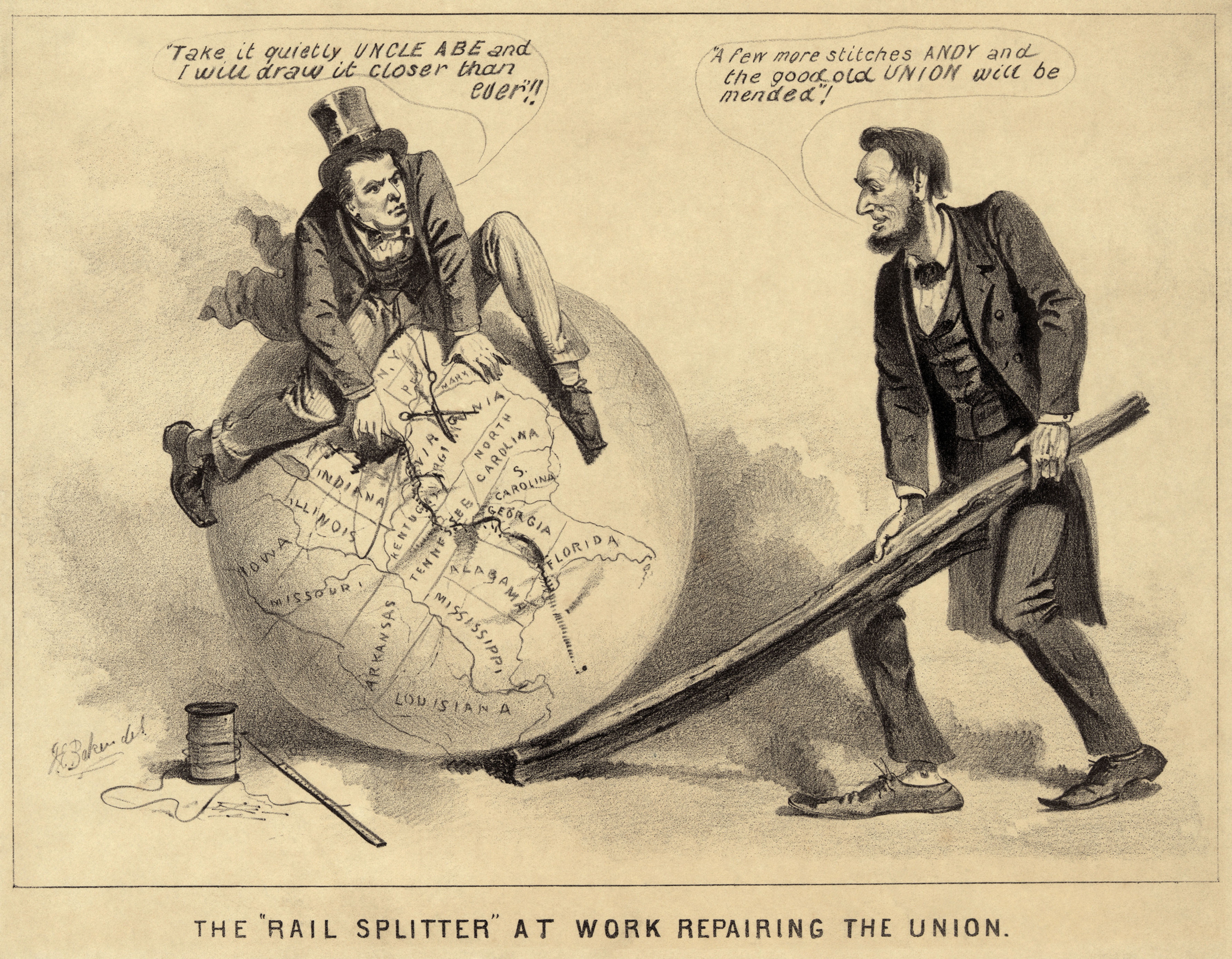
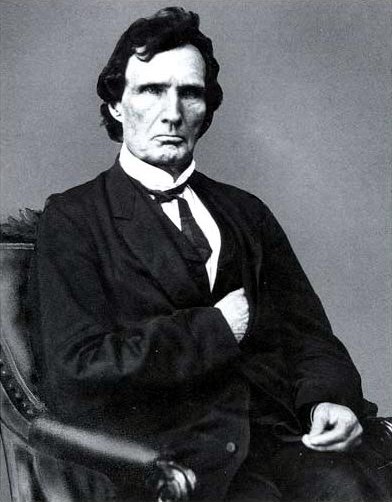
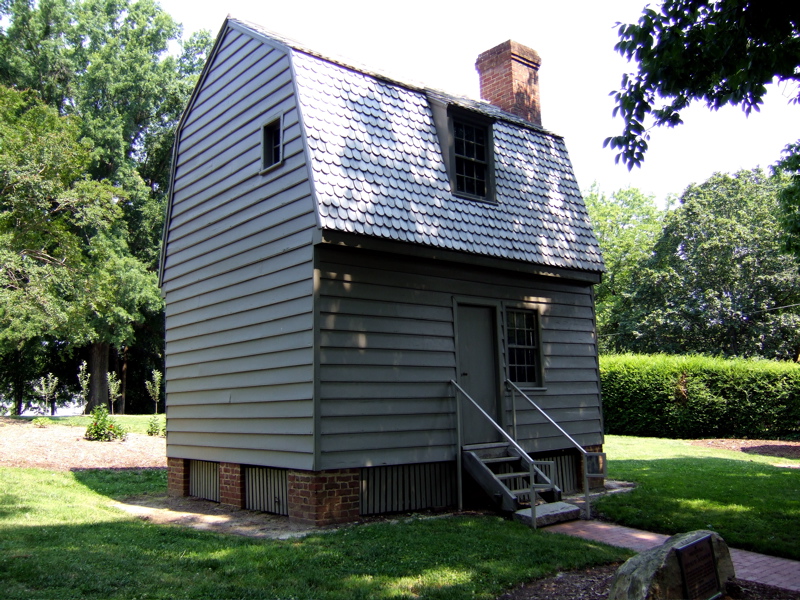
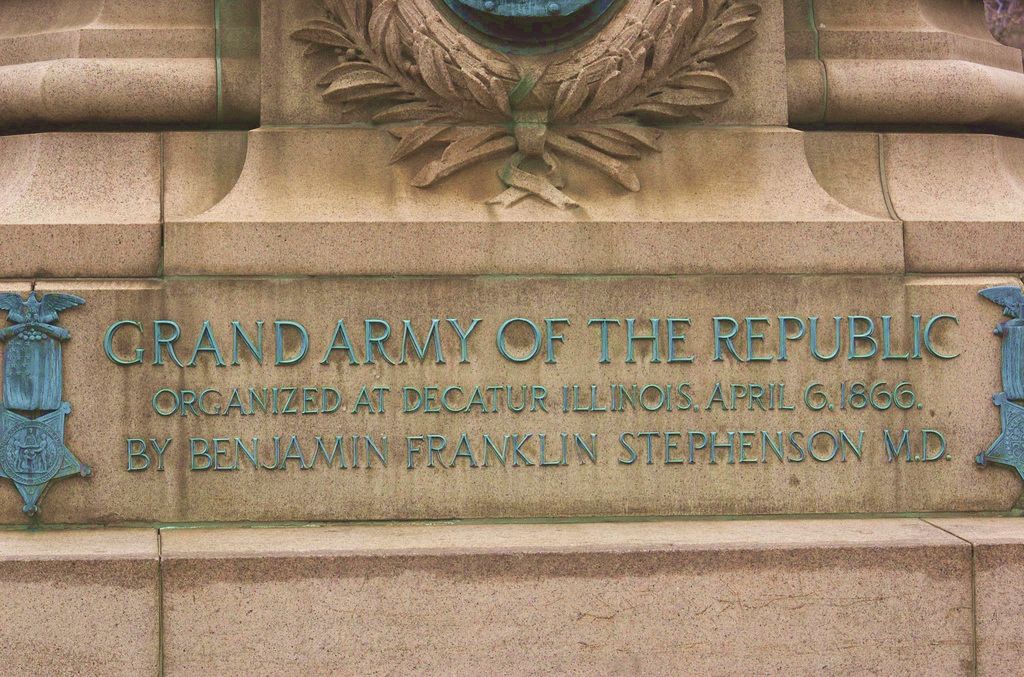

.jpg)
